
Bypassing repairs and rental equipment for...
At endorepair, we help you minimise your economic downtime. We achieve this on the one hand through...
Portal and digital medical technology fair of the largest MedTech cluster in Germany

Bypassing repairs and rental equipment for...
At endorepair, we help you minimise your economic downtime. We achieve this on the one hand through...
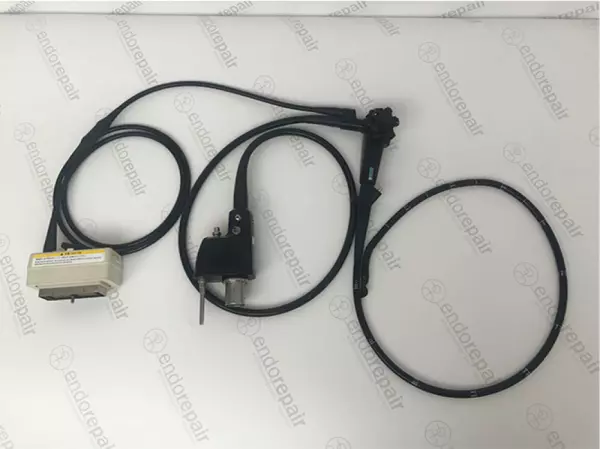
High quality, medical, flexible ultrasound...
Our product range of medical endoscopes - High quality, medical, flexible ultrasound endoscopes...
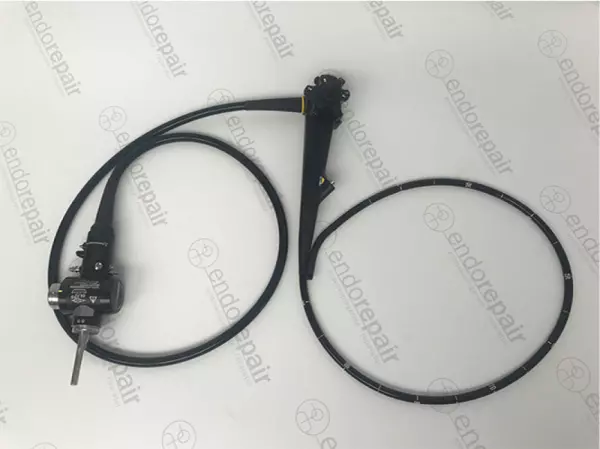
High quality, medical, flexible Gastroscopes...
Our product range of medical endoscopes - High quality, medical, flexible Gastroscopes for expe...
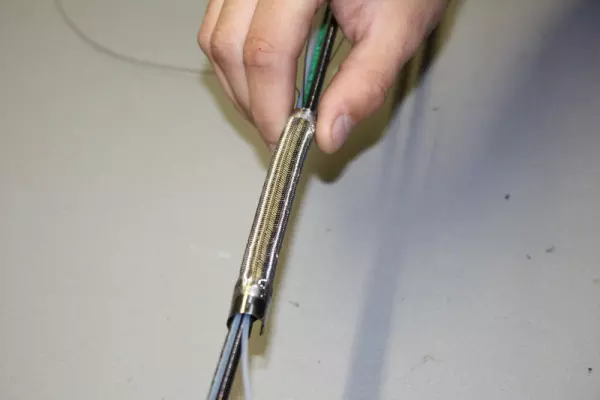
Repair service provider for your endoscopy...
endorepair – your partner for the repair of your endoscopy devices and ultrasound probes Ve...
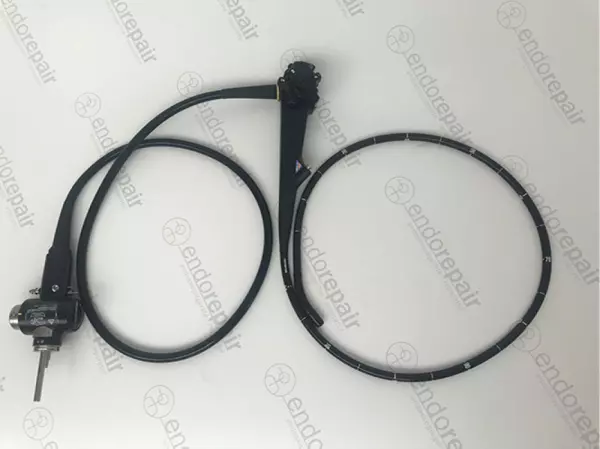
High quality, medical, flexible duodenoscopes...
Our product range of medical endoscopes - High quality, medical, flexible duodenoscopes for exp...
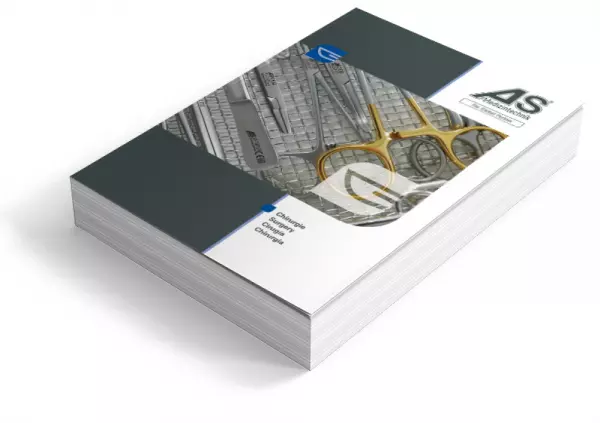
Standard instruments and specialist instruments...
The product portfolio covers our complete range with approximately 20,000 different standard instrum...
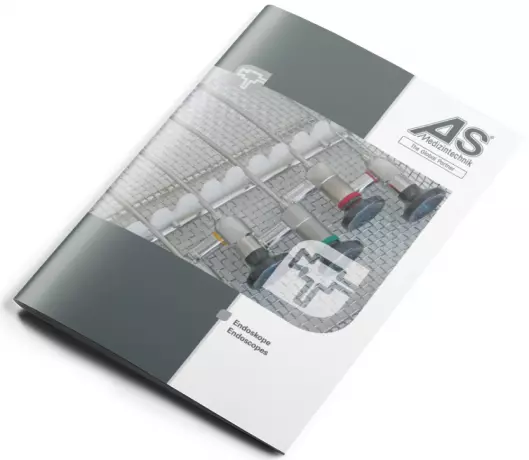
Endoscopes that can be used in different...
Sinuscopes, otoscopes, arthroscopes, cystoscopes, laparoscopes, hysteroscopes, thoracoscopes, bronch...
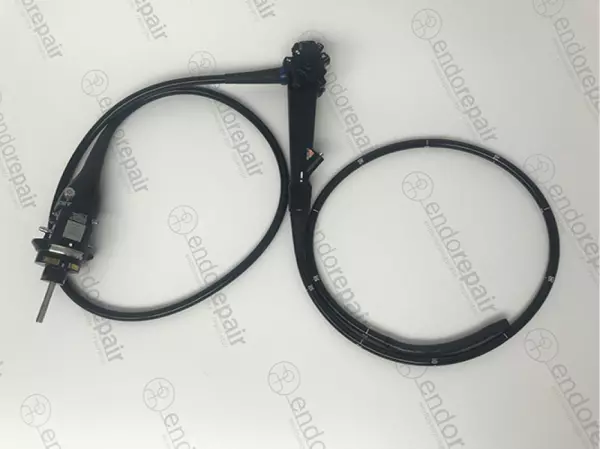
High quality, medical, flexible Coloscopes...
Our product range of medical endoscopes - High quality, medical, flexible Coloscopes for expert...
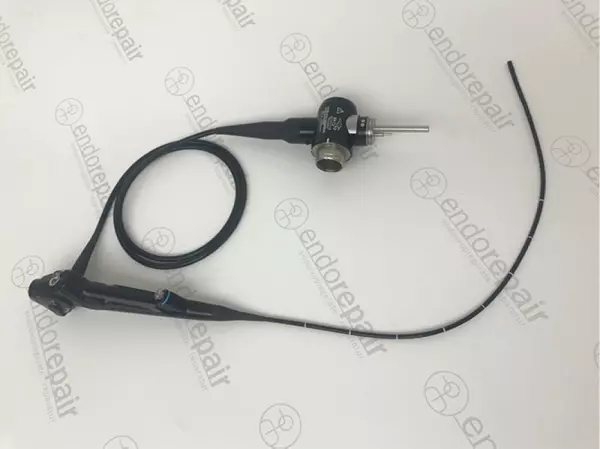
High quality, medical, flexible bronchoscope...
Our product range of medical endoscopes - High quality, medical, flexible bronchoscope for expe...

Enteroscopy is a procedure in which an endoscope is used to view a patient's small bowel. This is one type of bowel endoscopy, but the term is commonly used to describe a small intestine endoscopy. Colonoscopy, on the other hand, is an endoscopic procedure used to view the large intestine. In many cases, this procedure will identify the condition of a patient's intestine.
The enteroscopy procedure can be painful, but the procedure is safe. A sedative will be administered before the test and there is minimal bleeding. The physician will write the findings on a post-procedure instruction sheet. The nurse will go over the results and any instructions with the patient. They will also give the patient a phone number to call with any questions after the procedure. Once the patient is awake, they will be given the go-ahead to return home.
During enteroscopy, the doctor can see abnormalities within the lining of the intestine. If they see abnormalities, the enteroscope instrument may collect tissue samples for analysis. There is no pain associated with this biopsy, and the results will be known in ten days. The bleeding site will be cauterized, which helps prevent further bleeding. A physician will also make sure to check the location of any tumors.
During the procedure, patients may receive an anesthesia to make them more comfortable. A physician will write his findings on a post-procedure instruction sheet. The physician will discuss these details with the patient and provide any instructions. He or she may ask the patient to take an antidepressant before the procedure, but this is not necessary. However, the patient should be aware that sedation may increase the likelihood of bleeding.
This procedure is a surgical procedure that allows doctors to view internal organs that are inaccessible. An enteroscopy can reveal abnormalities that are deep in the intestine. It can also be used to treat disorders of the small intestine. The surgeon will guide the endoscope through the intestine with the help of a camera. The patient will be given anesthesia before the procedure. The patient will be able to relax.
The two most common forms of enteroscopy are balloon and spiral-endoscopy. A balloon endoscope is used to visualize the intestine and identify lesions that are inside it. The procedure can be performed with either one or both of these techniques, and the procedure is usually performed by a trained gastroenterologist. The two main differences between the two methods are the type of insertion and the time required for the procedure.
An enteroscopy is a surgical procedure in which the physician inserts a flexible tube through the mouth or throat. It takes about 60 to 90 minutes to complete and is usually covered by insurance. The procedure can be life-saving if the condition is detected early. A gastrointestinal enteroscopy is a surgical procedure that may be necessary if a patient is experiencing any underlying problems. Once this is determined, the doctor will prescribe the appropriate medication.
A gastroenterologist will use an endoscope to see inside the small intestine. The procedure can be performed using a special endoscope. A gastroenterologist can diagnose the causes of nutritional malabsorption and treat any bleeding lesions that are present. During an enteroscopy, the physician can also remove polyps and foreign objects. Some patients will be advised to avoid eating after midnight. Afterwards, they will be asked to stay off food for two to three hours after their procedure.
When the procedure is performed, the high-definition endoscope is inserted through the anus. This endoscopy can identify any problems in the small intestine that may affect the digestive system. This procedure is not invasive and does not cause any pain. In some cases, enteroscopy is a necessary part of a patient's health care. In such cases, a balloon-assisted enteroscopy can be beneficial for diagnosis.
The procedure is typically safe. It does not cause any discomfort for patients. Although enteroscopy is a very safe procedure, there are risks that can occur. The procedure can cause perforation of the bowel wall and may require surgery. The bowel wall can also be damaged during an enteroscopy, which will increase the risk of bleeding. But overall, this procedure is a relatively simple and painless surgery. When done by a skilled endoscopist, it can be used to diagnose a variety of conditions, including inflammatory bowel disease and gastrointestinal tract disorders.
Become a digital exhibitor yourself in the online portal of the largest and best-known MedTech cluster region in Germany and inform the world of medical technology about your products and services as well as about news, events and career opportunities.
With an attractive online profile, we will help you to present yourself professionally on our portal as well as on Google and on social media.